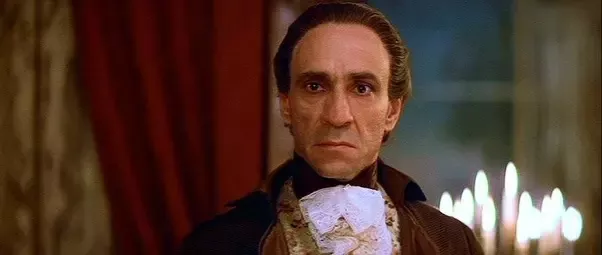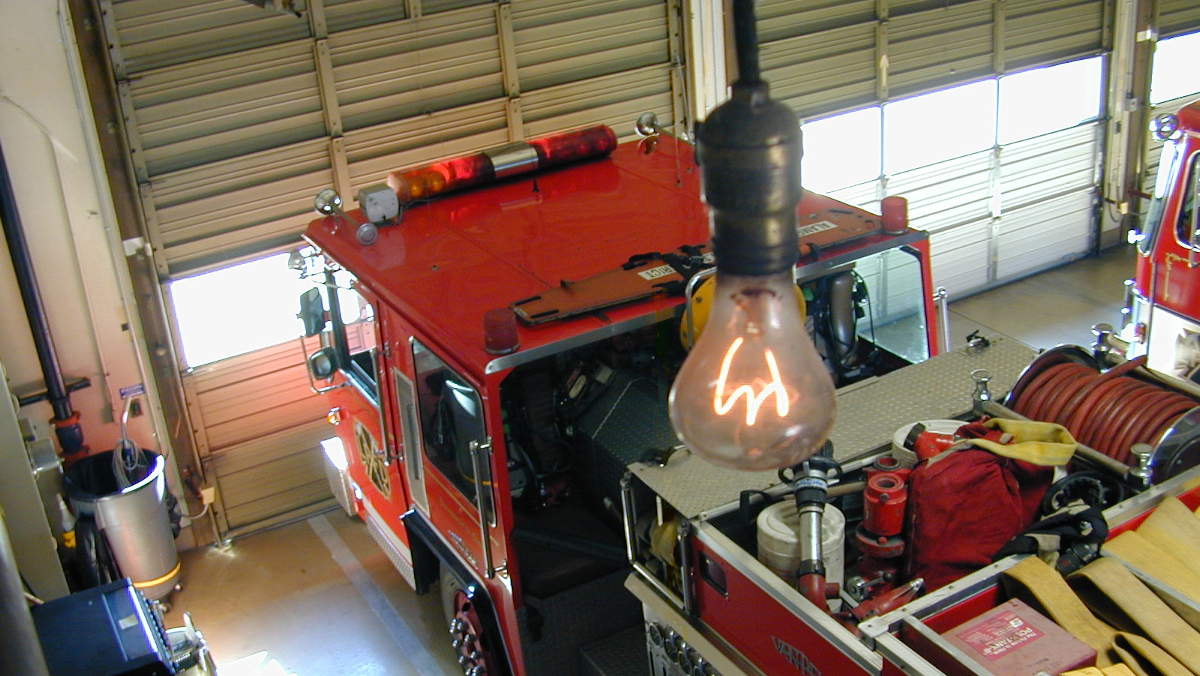Reading time: 9 minutes
In the pantheon of Western classical music an esteemed list of names has captured the admiration and attention of the public for centuries. From the Baroque masters of Bach and Handel, the classical giants of Beethoven and Haydn, and the romantic poets of Chopin and Liszt, much of society’s collective fascination with these composers has extended far beyond just their musical creations. Who were they and how did they write such exquisite melodies? In attempting to learn more about the lives of these men who continue to move so many around the world, personal portraits emerge of seemingly ordinary beings. An ordinariness that vanished when pen was put to paper, and a musical sublimeness was born.
By Michael Vecchio
It is a narrative that has attached itself to the story of many celebrated composers of the past, yet still there remains a most particular fascination with one Austrian. Wolfgang Amadeus Mozart (1756-1791) has indeed become the epitome of famed boy genius, whose 35 years of life spawned some of the most prolific and totally brilliant compositions in the history of the world. Piano sonatas, concertos, quartets, symphonies, and operas reflect just a sampling of the vast gamut of output from the Salzburg genius. With a combination of an extraordinary catalogue of music and death at a premature age (even by 18th century standards), the story of Mozart has led to much historic analysis and naturally dramatic reinterpretation.
In the realm of cinema, Mozart’s brief but influential life has been illuminated a few times, but perhaps in no better fashion than in Czech director Milos Forman’s masterpiece Amadeus (1984). Celebrating its 40th anniversary in 2024, though the film is certainly not an entirely accurate depiction of events in the life of the composer and his contemporaries it remains a handsomely made work of art worthy of its many accolades. Based on the 1979 Tony Award winning play of the same name by British playwright Peter Shaffer (who also wrote the film’s screenplay), Amadeus admittedly takes many liberties in its recounting of historic events, yet it continues to be a most moving, informative, and ultimately entertaining film that further sheds light on Mozart and his eternal music.
At its core the film is really so much more than just about the titular composer however, but on both the essence of an underappreciated talent and the jealousy of those who did indeed appreciate it. Featuring a semi-fictionalized account of Mozart’s interactions with fellow court composer, the Italian Antonio Salieri, the movie is seen through the lens of the latter’s bitter regret at being overshadowed. In fact while Salieri’s work was adequately lauded in his lifetime, by the time of his death in 1825 his music had indeed begun to be looked over. It was a trend that continued for over 100 years, but in a poetically just fashion the music and name of Antonio Salieri received a resurgence in recognition following the release of the play and film. At the same time however, Amadeus’ artistic license also dramatized the composer in a somewhat unflattering light.
After Mozart’s 1791 death, rumors, and conspiracy theories (indeed somethings never change) abounded as to possible causes. Amongst them included a supposed plot by Salieri to poison his “archrival” and once more gain the favour of the Hapsburg monarch. The historic reality however reveals that no such antagonistic rivalry existed between Mozart and Salieri, and that their interactions in Vienna (which were documented as few) was never anything other than cordial.
READ MORE: WHAT REALLY KILLED MOZART?
Furthermore the Salieri of the film is depicted as a pious celibate, filled with not only jealousy but deep regret. Historically Salieri was married with eight children, and though was admitted to a sanitarium in old age after a suicide attempt, did not in fact do so as guilt over Mozart’s demise. Playwright Peter Shaffer’s decision to use these historic myths as the basis of his play however do not make Amadeus any less of a dramatic work. While the precise nature of Mozart and Salieri’s relationship was embellished, the play and its film adaptation particularly remain a most engrossing and immersive look at Viennese life in the late 1700s. Featuring a lush soundtrack of Mozart’s music, the costumes, sets, and on location filming in the Czech Republic, make Amadeus a wonderfully authentic snapshot of the time period.

Indeed in addition to its selection for preservation in the United States Library of Congress, the film would go on to win eight Academy Awards including Best Picture, Director, Makeup, Costume Design, Art Direction, and Best Actor for F. Murray Abraham’s inspired performance as Salieri. Tom Hulce who portrayed the title composer was also nominated for Best Actor, in a performance that saw a boorish and immature version of Mozart presented. With a trademark childish laugh and a penchant for scatological jokes, the Mozart of Amadeus is indeed a genius but one that rightfully invites the envy of Salieri.
“But why? Why would God choose an obscene child to be His instrument? It was not to be believed! This piece had to be an accident. It had to be!… It better be!”
Antonio Salieri
Still this Mozart remains a most charming and fascinating personification, that in its own at times comical way continues to portray the composer as a truly extraordinary individual. Director Milos Forman and writer Peter Shaffer thus play with the idea that the figure of Mozart was not some serious brooding persona, but an infectiously joyous (and frequently juvenile) man blessed with an inexplicable gift. While the true extent of Mozart’s personality can never fully be known, even by exaggerating some of his traits the filmmakers still managed to illuminate him. Through scenes of his compositional process, his mastery of keyboard improvisation, his impassioned conducting, and an utter devotion to the artistic process, the Mozart of Amadeus may be eccentric but no less totally brilliant.

won the Academy Award for Best Actor.
In addition while many audiences may be familiar with Mozart’s operas through the lens of modern adaptations, the film also incisively depicts stagings of these works as they would have appeared at the time. Including The Abduction from the Seraglio (1782, “Too many notes!”) The Marriage of Figaro (1786), Don Giovanni (1787), and The Magic Flute (1791),the presentations of these now beloved operas in their original 18th century settings is one of the film’s historical high points. Beyond further showcasing Mozart’s genius, a rare historic look at how these works were presented further elevates Amadeus’ standing as a sophisticated cinematic production.
But perhaps the scene that most perfectly captures the sublime genius of Mozart is his dictation of parts of the Requiem Mass to Salieri. Though this is one of many scenes in the film that is almost certainly fictional, it remains a most moving and inspiring display of a musical brilliance extinguished far too soon. Overworked and exhausted, Mozart is confined to bed while still having not completed the commission of a funeral mass by an anonymous patron. Salieri who vacillates between jealousy and admiration, agrees to help the dying Mozart finish the work (it was in reality completed by fellow composer Franz Xavier Sussmayr), and the audience is treated to a totally brilliant and inspiring sequence.
Dictating the score to Salieri who furiously writes and struggles to keep up, Mozart hears the music, the choir, and the full orchestration in his head as viewers bask in the glorious sound. If this were indeed the sounds and thought process that filled Mozart’s mind (or any leading composer really) it solidifies our appreciation of his immense gift. As night turns into morning, Salieri and Mozart stop to rest but when Constanze Mozart goes to wake her husband, he is already dead. Thus the searing notes of Lacrimosa begin as scenes of his funeral play before us. It is an emotional gut punch to see Mozart’s demise after a final flash of compositional mastery, and though he was not buried in a common grave as the film depicts, he was indeed unceremoniously left in a pauper’s tomb, that to this day remains a most bitter point of regret. And so with this final melancholy sequence, Amadeus comes to a close as Salieri declares himself the “Patron Saint of mediocrities”.
As a completely accurate historical film, Amadeus is certainly not the greatest example. But for the parts of history it did get right (namely the historic settings, clothing, period ambience, and theatrical recreations) it is undoubtedly a well executed motion picture that in the 40 years since its theatrical release still generates much admiration. And what about its depiction of Wolfgang Amadeus Mozart and Antonio Salieri?
READ MORE: WHAT AMADEUS GOT RIGHT
While playwright Peter Shaffer and director Milos Forman clearly based their stories on exaggerated versions of the two composers, even with all the inaccuracies what has been presented in Amadeus is no less a very compelling and entertaining tale. Mozart (even this infantile version) comes off as the supreme genius that he deserves to be remembered as, while even Salieri (who is the quasi villain here) gained a significant resurgence in popularity. Indeed recordings and live performances of his works were noted as having increased since the film’s release, even if its version of Salieri is not totally factual.
And so where does Amadeus stand in the genre of historic films? Perhaps a more precise definition would be to call the movie (and play) historical fiction. One that intelligently weaves together the facts and artistic liberties together in a most masterful way. Watching Amadeus may not totally educate its audience factually, but it definitely immerses us into its 18th century world and in its own way illuminates the eternal gift that was Mozart and his music. Like the characters in the film, Shaffer and Forman are no longer alive, but their efforts in creating a lasting work of art surely lives on. Amadeus is thus indeed a most entertaining, moving, and utterly compelling work of cinema that 40 years later still leaves an impression. Though its artistic licence trumps some historic fact, ultimately it is a finely made cinematic masterwork that continues to leave a most emotionally resonant impact on all those who experience it.
Podcasts about Mozart
Articles you may also like

The Two Countries That ‘Escaped’ The Scramble for Africa
The Scramble for Africa is often recognized as the beginning of colonialism and European Imperialism. Beginning in 1884, the scramble brought most of the African continent under European control, barring two countries – Liberia and Ethiopia. However, debate continues over whether these regions truly escaped colonialism as they grapple with the same colonial legacies that […]

The History of Gunpowder: From Elixir of Life to the Revolution of Warfare
Reading time: 6 minutes
One of the most famous materials in history, gunpowder is largely responsible for European dominance in the 20th Century, the fall of Constantinople’s impregnable walls, and much more.
Yet this devasting and destructive powder did not materialise into rifles and cannons in Europe in the 14th and 15th Centuries. Rather, it was discovered initially in China, several hundred years prior, by alchemists searching for, ironically, the elixir of life.
So how did gunpowder go from a powder for immortality in 9th Century China, to the fiery fuel of guns in Europe and the Middle East over 500 years later?
The text of this article was commissioned by History Guild as part of our work to improve historical literacy. If you would like to reproduce it please get in touch via this form.









